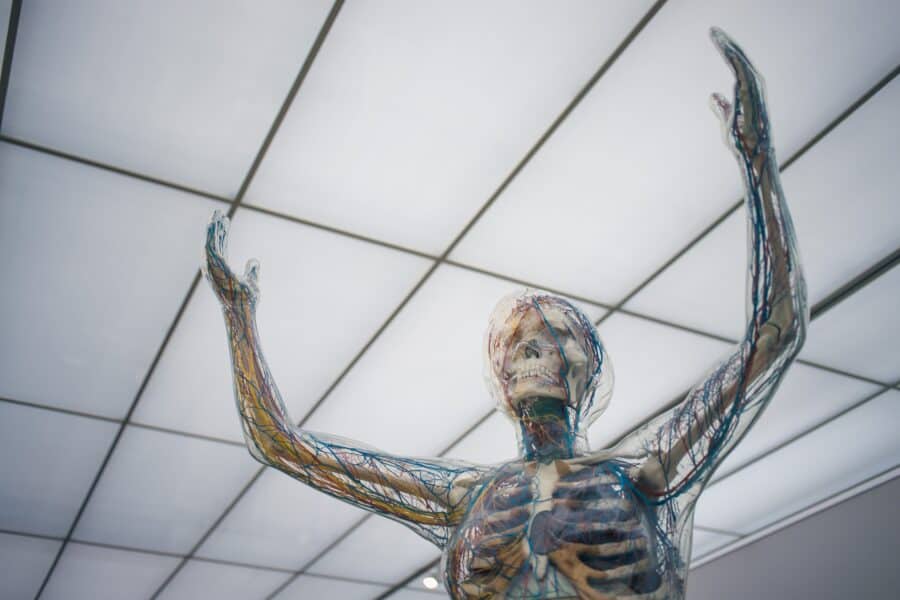5 Movements to Help Manage Parkinson’s Disease
Most people know that exercise helps aging adults stay healthy. With the right workout routine, you can manage your pain and keep your body functioning the way it should. But did you know exercise can also improve some disease symptoms? Research shows that activity is very important for people with Parkinson’s Disease. Some movements can […]
5 Movements to Help Manage Parkinson’s Disease Read More »


